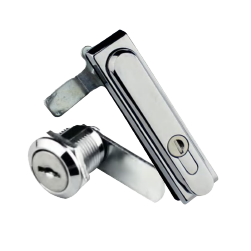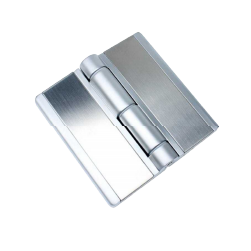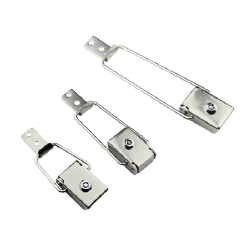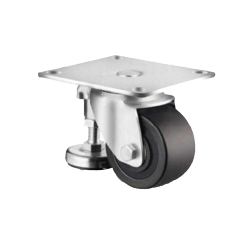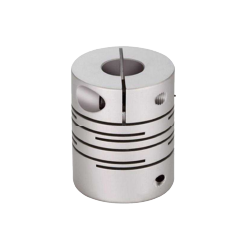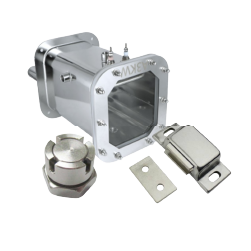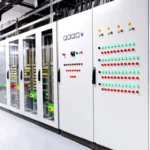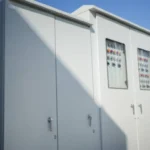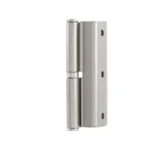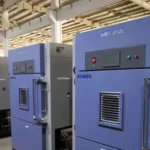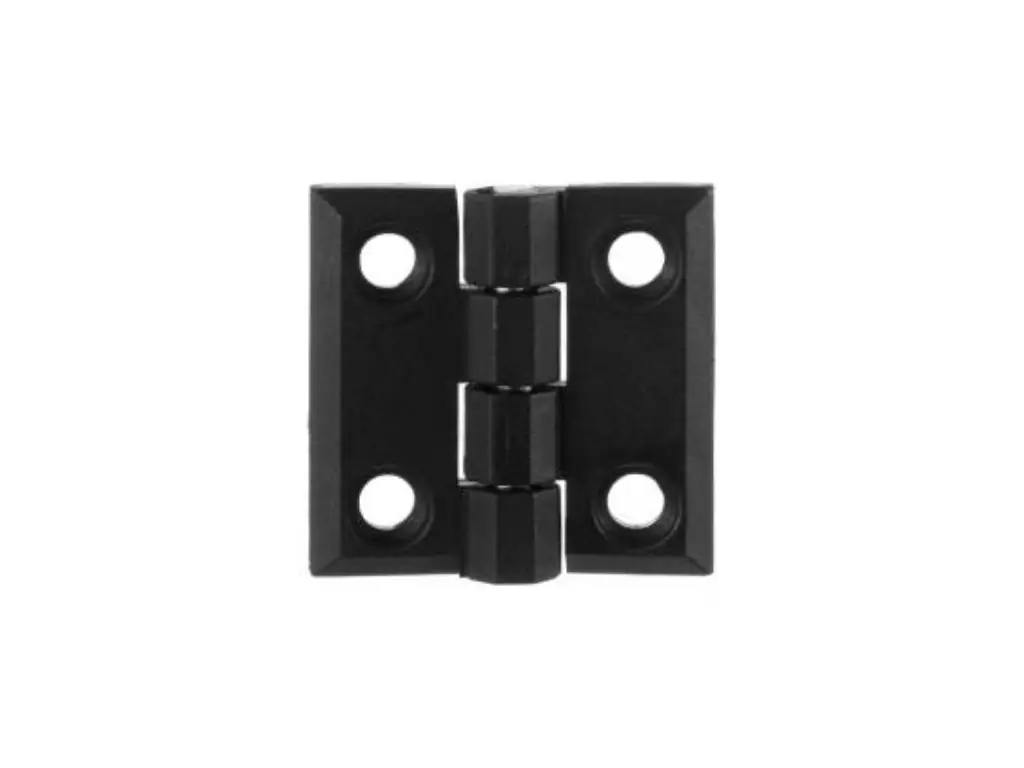
In mechanical design and product engineering, components are chosen because they can address particular issues with accuracy and dependability. Although the common door hinge allows easy, binary motion open or closed, many applications require a more advanced degree of motion control. This is the working range of the friction hinge, an element designed not to move freely, but to provide resistance.
This is also referred to as a torque hinge, and it is basic to applications that need to maintain a stable position, smooth pivoting motion, and the capability to fix an object in place at any point in its rotation path. Whether it is the display of a laptop or the thickened access doors of a machine used in industry, a high-quality friction hinge increases functionality, safety, and the user experience in general.
This guide gives a conclusive review of friction hinge technology. We are going to look at the fundamentals of mechanics, the many kinds that exist, the key elements of successful selection, and the high-tech uses where these elements are essential. In addition, we will examine why material integrity and manufacturing precision are the most important, and why collaborating with a professional supplier is essential to the best project results.
What is a Friction Hinge (Torque Hinge) and Why Use Them?
A friction hinge or torque hinge is a mechanical device that provides a controlled resistance to a pivoting action. A friction hinge is also used to provide precise position control, unlike a conventional hinge that is free to swing. This enables it to clamp a panel safely at any angle one wishes without it falling or banging open because of gravity. This technology has two major benefits, which are reliable position holding and smooth, controlled motion that improves user experience and product quality.
1. Accurate Positioning: The greatest benefit of a friction hinge is that it can hold an object attached to it, like a display monitor or an equipment panel, at any angle within its range of movement. The hinge produces a constant torque that opposes the forces of gravity and keeps the object in the exact position it was put. This removes undesirable motion and offers fixed positioning of operator interaction, viewing, or access. It is this ability that makes friction hinges the most suitable choice when it comes to the need to have objects held open at different angles without the use of a secondary support system, such as a gas strut or lid stay.
2. Smooth, Controlled Motion: Friction hinge resistance gives a deliberate feel of smooth movement to a lid or panel. This controlled movement eliminates jarring halts and sudden closures, which is directly related to a better user experience and the feeling of a quality, well-designed product. This tactile quality is not a trifle in consumer electronics and in medical equipment, but a component of the design and functionality of the product.
Friction hinges offer a degree of control that is unattainable by traditional components by controlling rotational force. They are the specified solution to any application in which the location of a hinged object needs to be predictable, stable, and easily changed.
Exploring Common Types of Friction Hinges
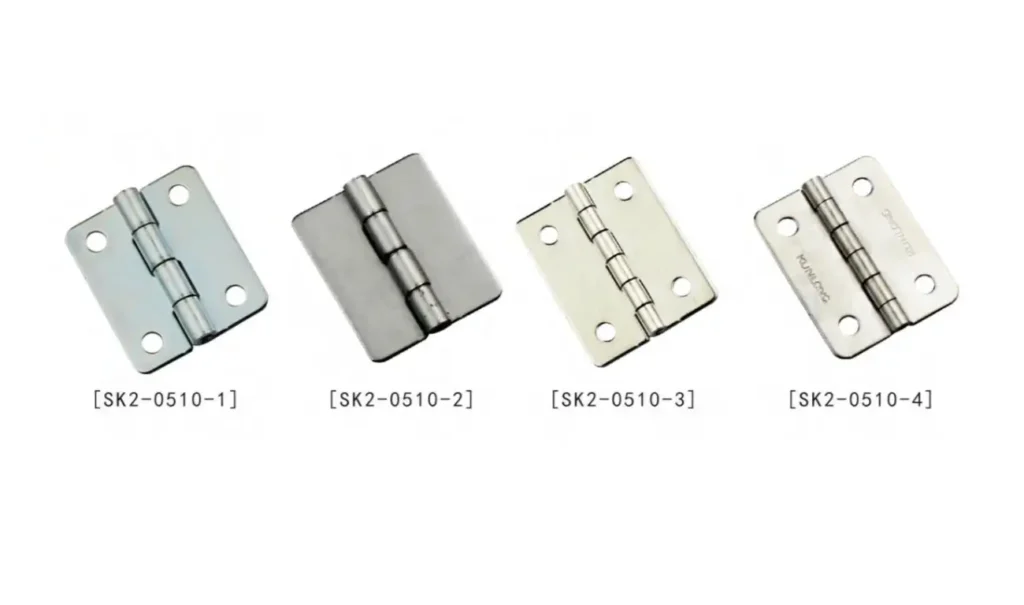
The market has a great diversity of friction hinges, all of which are aimed at satisfying the needs of various applications, both residential architecture and heavy industrial machinery. The first step in choosing the right component is to understand the main types of friction hinges.
Constant Torque Friction Hinges
This is the most common in industrial, commercial, and electronic applications. These hinges, offer a constant degree of resistance throughout their entire range of movement. They are pre-programmed to a given torque value and cannot be adjusted. They are reliable and easy to use and thus can be used in a wide variety of applications, such as medical diagnostic equipment, industrial enclosures, and consumer electronics.
The effectiveness of a friction hinge to carry out its role is solely reliant on its internal friction mechanism. This design is designed to produce steady and reproducible torque. Although designs differ among manufacturers, the principle is typically to produce friction between moving surfaces at the pivot point of the hinge.
The majority of constant torque friction hinges work with one of two major designs:
- Spring Clutch or Spring Clip Design: This is a design in which a band or bands of hardened spring steel are tightly wound around a central shaft or pin. The spring opposes this motion as the hinge turns, holding the shaft with a very strong level of frictional force. The spring is calculated to have a certain, constant torque by the physical properties of the spring, its thickness, and the tightness of the wrap. This resistance is maintained by the constant action of the spring on the shaft so that it is constant over the entire range of motion of the hinge.
- Interleaved Plate Design: This mechanism is a small-scale clutch pack. A stack of alternating plates is connected to the two halves of the hinge by keying. These plates are pressed together, usually by springs or other elements of pressure. The plates have to slide past each other as the hinge is actuated. The rotational resistance is produced by the friction between the surfaces of these plates. Torque is directly proportional to the number of plates, the material used to make the plates, and the compressive force on the stack.
The aim in both designs is to produce a constant torque hinge. This implies that the force needed to move the hinge is the same at the start, middle, or end of its rotational trajectory. This predictability is essential to provide a stable user experience and position holding, independent of the opening angle.
Architectural Friction Hinges (Top/Side Hung)
This is frequently used in window designs, especially in Europe and in uPVC casement designs. These hinges are attached to the top (top hung) or side (side hung) of a window sash and frame. They have two functions: they give the pivoting movement to the window to open it, and create enough friction to keep the window open firmly in different positions so that it is not blown closed by the wind. They are normally composed of stainless steel to increase the corrosion resistance.
Adjustable Friction Hinges
These hinges provide an extra degree of flexibility by enabling the user to adjust the degree of friction. They are normally equipped with an inbuilt set screw or adjustment system. By screwing the screw tighter, the compression on the friction elements is increased and hence the torque. This is handy in refining the feel of a panel, correcting slight differences in the weight of the door, or in changing the resistance as wear takes place.
Detent and Positioning Hinges
This is technically a variation, but these hinges offer positive holding points at certain, pre-defined angles (e.g., 0, 90, and 120 degrees). Between these detents, they can provide free movement or a reduced level of constant torque. They are best suited for use in applications where a panel must be locked to a limited number of positions.
Key Factors in Selecting the Right Hinge
The choice of the hinge is a very important procedure that must be considered carefully, both in terms of mechanical and environmental aspects. A hinge that is not specified correctly may result in inadequate performance, early failure, and bad user experience. The key factors to consider are as follows.
- Torque Calculation: This is the most significant specification. The weight of the object to be moved and the distance between the center of gravity and the pivot point determine the torque requirement. The simplified equation for the calculation of torque at rest is: Torque (T) = Weight (W) × Distance (D)
- Here, D represents the horizontal distance from the hinge’s pivot point to the object’s center of gravity when the object is in the horizontal position. The calculated torque is typically multiplied by a safety factor (often 1.5 or 2.0) to ensure reliable holding power. Selecting a hinge with insufficient torque will cause the lid to drift, while excessive torque will make it difficult to operate.
- Load Capacity: Separate from torque, load capacity refers to the static weight the hinge body itself can support without structural failure. Manufacturers specify both static load and dynamic load ratings for their hinges. It is essential to ensure the selected hinge can safely support the full weight of the door or panel.
- Material Selection: The operating environment dictates the best material.
| Material | Primary Benefits | Ideal Application Environment | Key Considerations |
| Stainless Steel (SUS304) | Excellent strength, good corrosion resistance, cost-effective | General industrial, electronics, indoor commercial equipment | May not be suitable for high-chloride or marine environments |
| Stainless Steel (SUS316) | Superior corrosion resistance (especially to chlorides) | Marine, medical, food processing, chemical labs, outdoor coastal areas | Higher material cost compared to SUS304 |
| Zinc Alloy | Excellent for complex shapes, variety of plating/finish options | Dry, indoor environments; consumer electronics, office furniture | Lower inherent corrosion resistance than stainless steel |
| Aluminum | High strength-to-weight ratio, lightweight | Aerospace, specialty vehicles, portable equipment | Softer material, may be more susceptible to wear |
- Size & Stack Height: The physical size of the hinge should be able to fit into the available mounting space. This is the length, width, and stack height (thickness of the hinge when closed). The engineers should also consider the barrel diameter and leaf thickness to ensure a proper fit and correct operation.
- Opening Angle (Range of Motion): The hinge should be able to support the entire amount of motion needed by the application, between the fully closed and the fully open positions. The manufacturers will specify the maximum rotation angle of each hinge model.
Beyond the Basics: Advanced Industry Applications
The flexibility of friction and torque enables their application in a wide variety of applications, both in common equipment and in highly specialized machinery.
- Industrial Equipment and Automation: These hinges are applied in manufacturing environments to safety guards of industrial equipment, heavy access doors of electrical enclosures, and adjustable control panel monitors. In this case, durability to sustain thousands of cycles and high torque values to hold heavy doors are the key requirements.
- High-Tech and Electronics: This industry depends on friction hinges of laptops, point-of-sale terminals, portable diagnostic equipment, and ruggedized tablets. It is aimed at offering a smooth, high-quality feel, a small form factor, and a very consistent torque throughout the life of the product to avoid screen wobble or drifting.
- Controlled Environments and Scientific Instruments: It is among the most challenging areas. Friction is dependent on industrial ovens, environmental test chambers, and medical sterilizers that need to work reliably under extreme temperatures, both cryogenic lows and high heat. Corrosion resistance to cleaning chemicals and humidity requires careful selection of materials. In the case of these equipment panels, hinges manufactured using high-grade stainless steel, such as SUS316, are usually the only possible solution.
- Transportation and Specialty Vehicles: Armrests, tray tables, infotainment screens, and storage compartments in aviation, rail, and recreational vehicles are made with friction hinges. These mechanical parts should be designed to withstand continuous vibration and shock, and in many cases, they should be manufactured using lightweight materials such as aluminum to lower the total weight of the vehicle.
Why Manufacturing Quality Matters
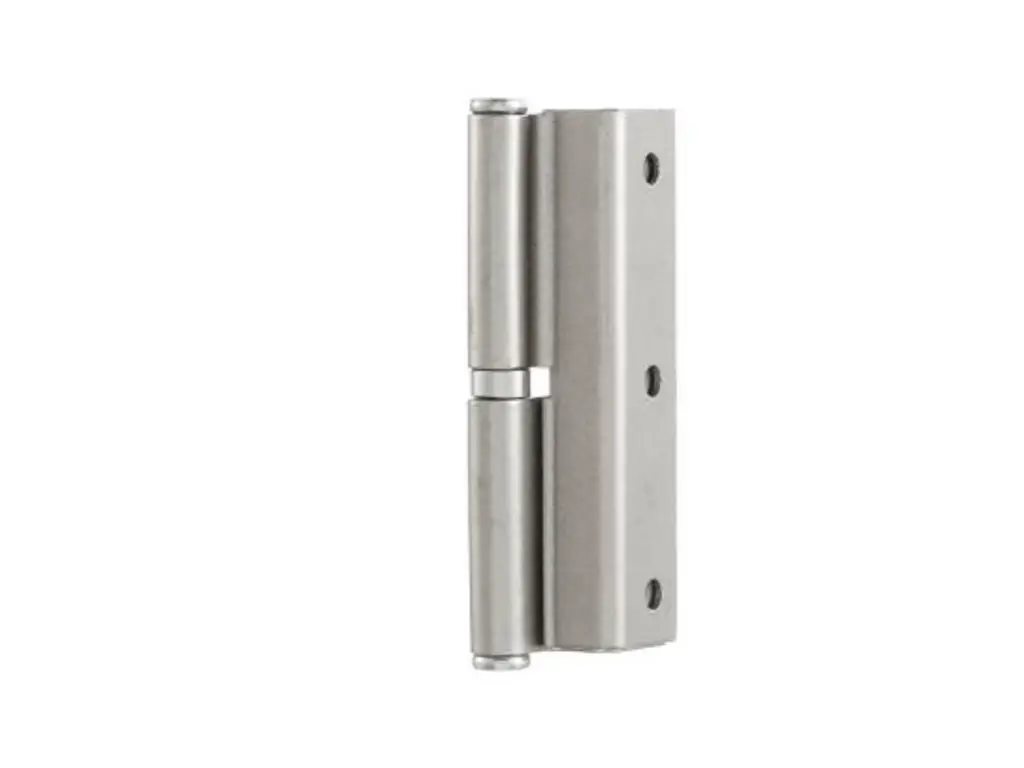
The quality of the materials and the accuracy of the manufacturing process of a component as important as a friction hinge cannot be compromised. The performance, durability, and reliability of the hinge directly depend on these two factors.
- Precision Manufacturing: The uniformity of the torque of a hinge is a direct consequence of manufacturing uniformity. Tolerances should be closely managed to remove free play and to have the elements of friction to interact evenly. Moreover, the surface finish is a significant influence. A quality finish not only enhances the aesthetic look of the product but also provides an essential coating of durability and resistance to corrosion. Specialty manufacturers are able to provide a broad range of choices – over ten different types of surface treatment, including passivation and powder coating – to exactly fit the environmental and cosmetic needs of the application.
- Rigorous Testing: Claims of quality must be verified through empirical testing. Two tests are fundamental:
- Salt Spray Testing: This is a rapid corrosion test that mimics exposure to extreme conditions. Whereas a simple hinge may last 100-200 hours, parts used in high-performance applications should be tested to 400, 500, or even 1000 hours to ensure long life.
- Life Cycle Testing: This is done by cycling the hinge thousands of times (usually 20,000 or more) with the torque value of the hinge being monitored. A properly engineered hinge will show little or no torque loss throughout its full rated life, so that it will work on cycle 20,000 as it worked on cycle one.
Partnering with a Friction Hinge Expert
The choice of the optimal friction hinge is an important engineering choice. With a project where the level of precision, reliability, and perfect tailoring of motion control is required, off-the-shelf components are not always sufficient.
The KUNLONG team does not offer parts; it offers entire engineering solutions. Our specialists handle the whole process, including the calculations of initial torque and material selection, quick prototyping, and mass production, so that you end up with a hinge that perfectly fits the requirements of your application.
You may need a tailor-made hinge, or a one-stop shop of all your industrial hardware, and we are capable of providing.
You are now ready to take your project to the next level. Today, contact our engineering team and talk about your specifications and receive a custom-crafted motion control solution.

